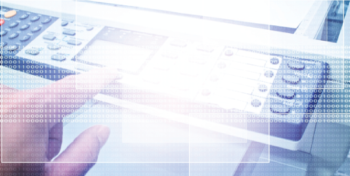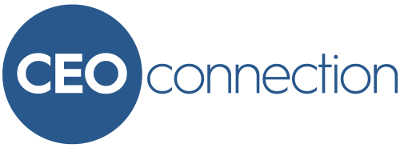 It is not news to say that companies are always seeking ways to reduce operating costs. But one commonly overlooked area for expense reduction is outsourced printing, including mailings and promotional items. Printing expense holds great opportunity for cost reduction and enhanced purchasing efficiency for three primary reasons.
It is not news to say that companies are always seeking ways to reduce operating costs. But one commonly overlooked area for expense reduction is outsourced printing, including mailings and promotional items. Printing expense holds great opportunity for cost reduction and enhanced purchasing efficiency for three primary reasons.
- Printing is rarely shown as one consolidated P&L expense figure. Instead, print materials are typically listed in multiple budget items, such as:
- Letterheads, envelopes,and business card costs are usually reflected in “Administrative Expense.”
- Flyers and promotional items often appear under “Sales Expense.”
- Image brochures, annual reports, and direct mail appear asa“Marketing Expense.”
- Checks, forms, and window envelopes can usually be found under “Accounting Expense.”
If all these costs appeared as a single line item in financial reporting, printing expense would draw much more attention than it currently does.
- Print buyers often fear that by switching print vendors for lower pricing they risk a reduction in thequality and service they rely on. If you know how to evaluate your current suppliers, however, this is not the case.
- Persons employed to purchase printing typically lack the specific market knowledge necessary to obtain best results. Print, more than many other categories, depends heavily on two important criteria beyond price—quality and service. No matter how low the price, if the print job does not arrive when needed or is sloppily printed, the low price is worthless.
Many print buyers feel that if they get three quotes for every job, they will get the “right price,” but this is often not the case. A printer with the proper equipment for the job at hand is the most important factor in obtaining best pricing; yet, most print buyers lack the understanding of what job should be run on what type of press.
Lower print costs, quality work, and excellent service should not be the only determinants of vendor selection. There are a whole group of items called “soft costs.” These include, but are not limited to, consolidation of vendors, stock holding programs, inventory control reports, cost allocation reporting, monthly billing plans,and user-friendly online ordering systems. If these soft cost savings are available without added cost from one’s printer, they can go a long way toward streamlining print purchasing procedures and reducing internal manpower costs.
Print Audit Bureau Inc.company president Len Ganz says that companies often have no idea what they are spending on print, or what savings are possible.
“A New York City Investment Banking firm with 150 employees has varied print, mail,and promotional needs,” Len responded. “When queried, the company thought they spent $100,000 or so annually on their materials. The print audit they authorized with us revealed their true spending to be almost $350,000. By comparing the print costs they had been paying with costs available from others in the marketplace—for the same items and quantities ordered—we were able to save them 32.6% annually. Expressed another way, our audit revealed that they were paying their current vendor 48.4% more than they should have been.In the end, they were able to save more money annually than they thought they spent in aggregate before the process began.”
If any of the following characterize your organization, Print Audit Bureau (PAB)is the entity to contact:
- You spend between $100,000 and $10,000,000 on outsourced print and related items (direct mail, promotional products, etc.).
- You want to compare the cost of your internal print purchasing procedures to the cost of outsourcing the print purchasing function to PAB.
- You have an in-house print shop and want to evaluate its cost relative to outsourcing.
Once their services are engaged, PAB guarantees that if they cannot suggest vendors whose pricing will save your organization money without any compromise in service or quality, there will be no charge for their 12-month Audit Report and Letter of Recommendation issued at the end of their engagement—and you will have the comfort of knowing you are being treated fairly by your vendors. Moreover, there are no out-of-pocket costs. PAB fees, if earned, are always a portion of the savings their work creates.
Through the Member-to-Member Discount Program, CEO Connection members can receive a free1-month preliminary assessment. Additionally, PAB’s fee is usually paid for a 24-month period, but with this exclusive CEOC offer, PAB will waive fees for the second 12-month period. This constitutes a 35% discount off their standard rate.
To signup for a free assessment, get discount offer details,and contact information go here.

